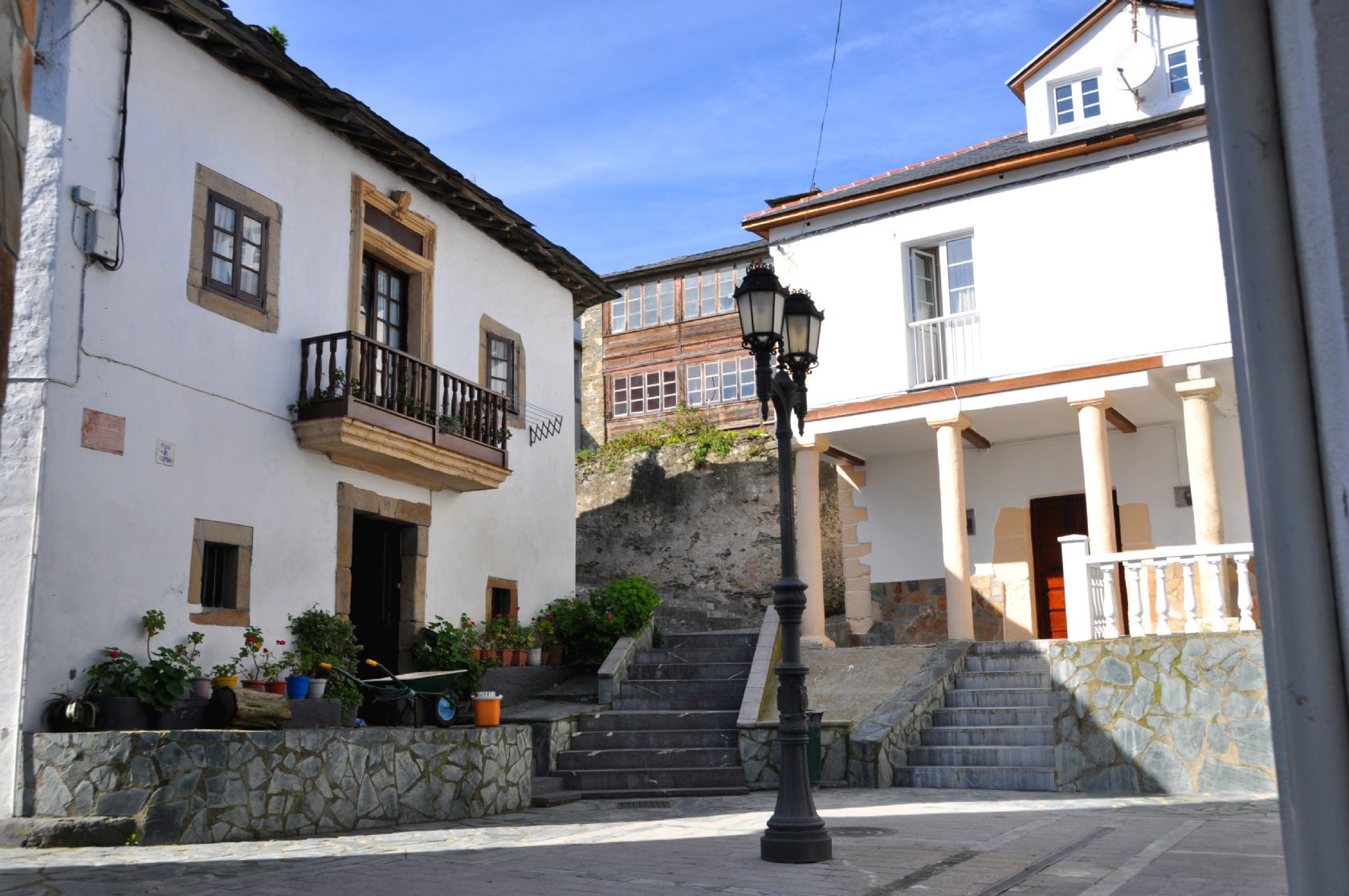TOWN HALL
It was built in the first half of the 18th Century and was first used as a town hall in 1885. Its most significant element above the balcony on the first floor under the clock is the Baroque coat of arms of the Fuertes de Sierra family. It carries two lion figures symbolizing the power of both houses, the Fuertes and Navias.
MEDIEVAL WALL AND HOUSE OF COAÑA
Located in Mariano Luiña Street, this wall was formerly known as Tras la Cerca. Once you cross the city gate you´ll find the wall, which is approximately 15 metres long and made of slate stone. Close to the wall you can find the House of Coaña, with a medieval arcade built in 1692 by Antonio García de Coaña.
HOUSE OF THE MARQUISES OF SANTA CRUZ
Located in Navia in front of the parroquial church, it has a small armour stone on the façade. The coat of arms bears the heraldic emblems of the local families Navia, Lantoria, Cuervo, Montenegro and Avilés. You can find a similar building at 11, Armas Street. Both buildings are related to the nobleman Marquis of Santa Cruz, Juan Trueba y Cano (Navia 1831-1881). He started his ecclesiastical career at the age of 16 and concluded it at the age of 25. In 1835 he took over the parish. He studied French and Italian and kept a good library. He travelled trough France and Italy. Back in Navia, appalled at the ruinous state of the church at Main Square, he decided to bequeath his great fortune for the building of a new parish church, which was inaugurated in 1895. His mortal remains are kept in the church of Santa María de la Barca.
LIMONAR HOUSE
Next to the town hall, it has been restored in order to extend the municipal building.
Anleo Palace
Declared historic - artistic, is the site of the home of Navia, who won the marquisate of Santa Cruz de Marcenado for its link with the House of Vigil Celles de la Rúa, of Marcenado (Siero).Campo-Osorio Palace (Piñera) - birthplace of Ramón de Campoamor
It is a large house or rural Palace built in the s. XVIII, which has been declared a historic - artistic monument. Its plant is square, concubierta to four waters and consists of two floors and a kind of superior East attic.
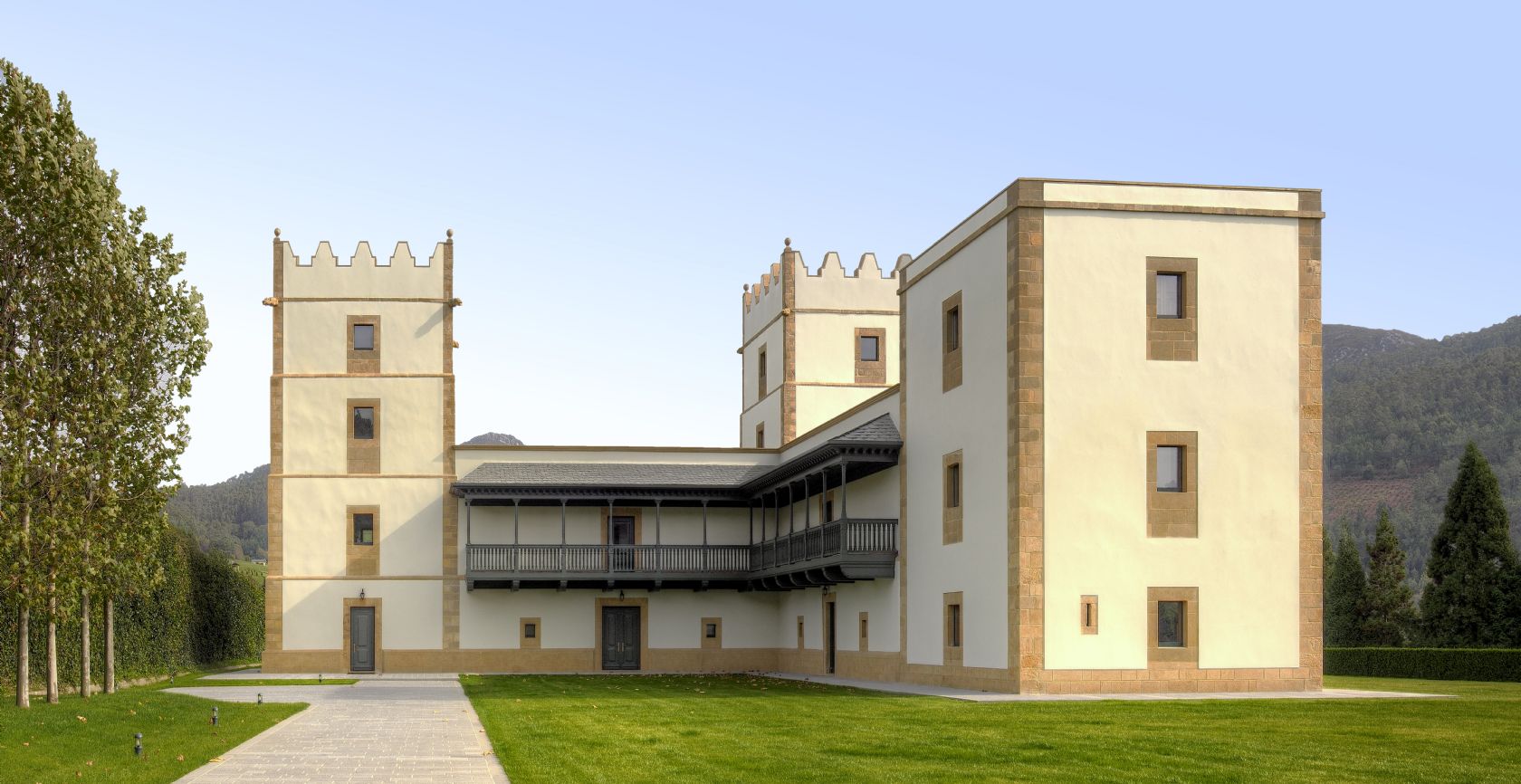
Andés Palace
It was solar house of Cangas forts, then strong Sierra from the 16th century. The Palace was burned by Marshal Ney, already to Francisco Sierra he opposed resistance in the spin, so there was being reconstructed in century 19th.
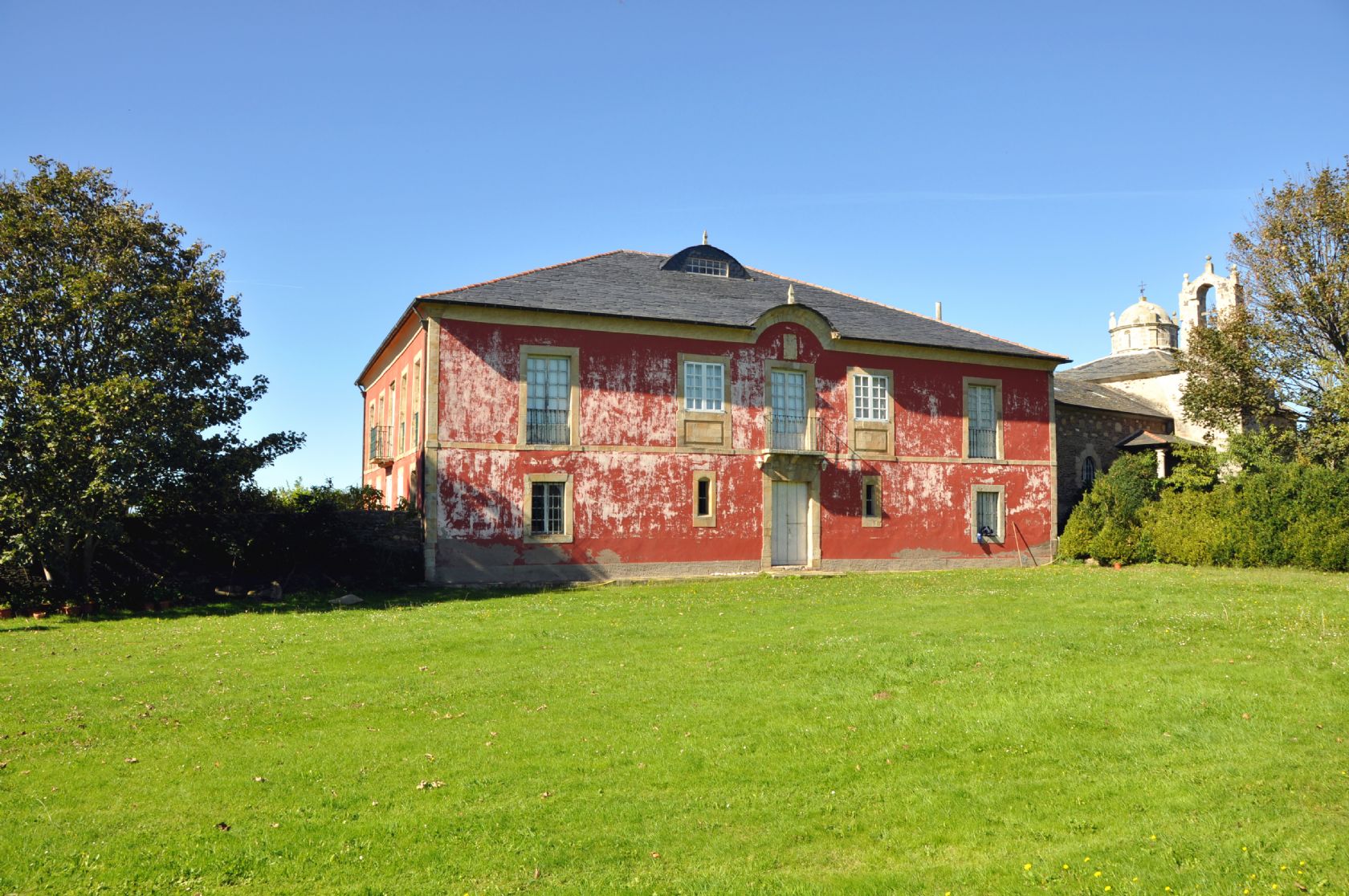
Tox Palace
Tox (Tox) had domains the traitor Analso Garvixo and his son Froila Enalso, that them were confiscated goods by Bermudo II in 992, for alleged treason not well clarified and then pardoned.
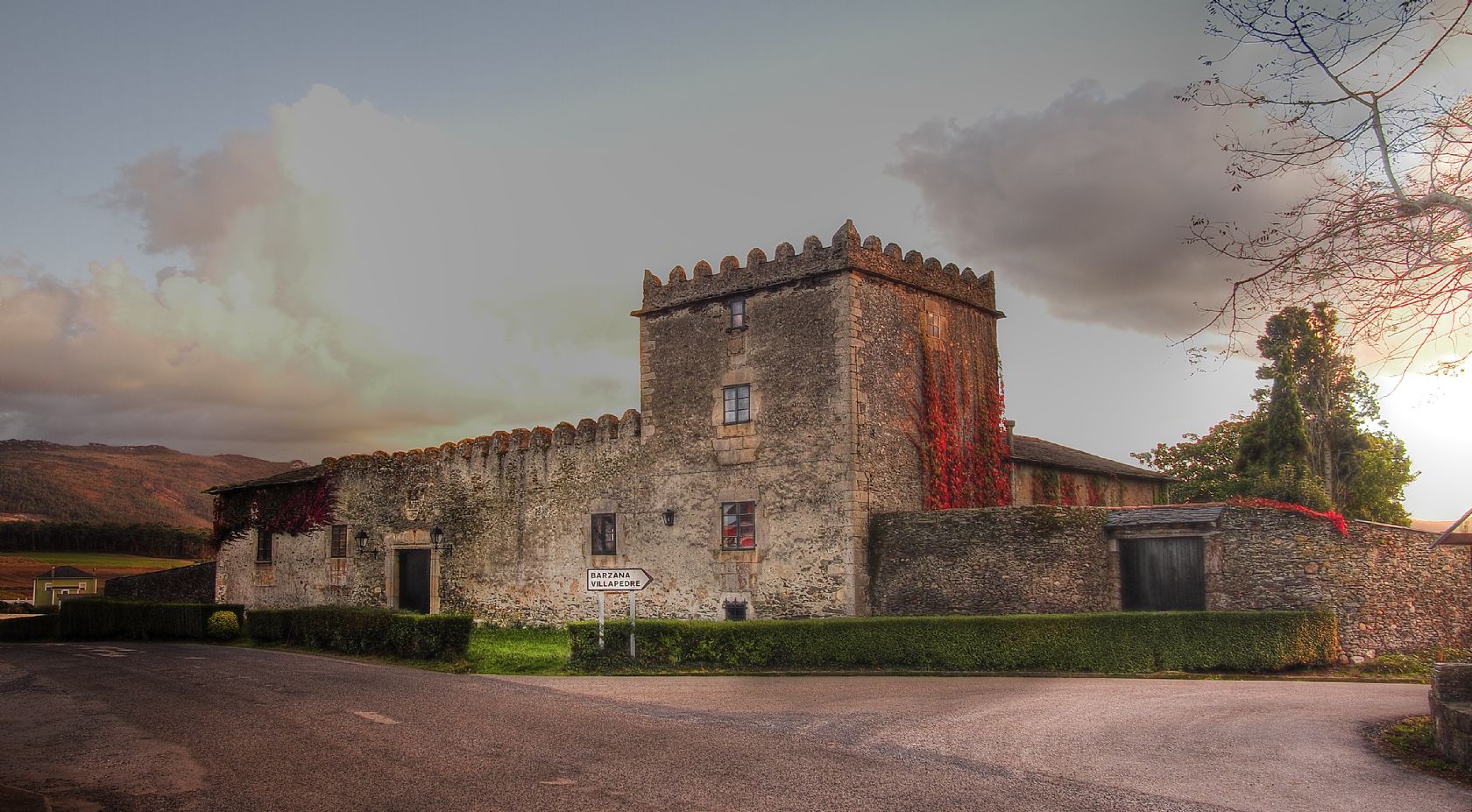
House Trelles
In this manor house of the century XVIII, owned by his friend Antonio Trelles Osorio, died the immortal Gaspar Melchor de Jovellanos on November 28, 1811, suffering from acute pulmonary Phlegmasia.
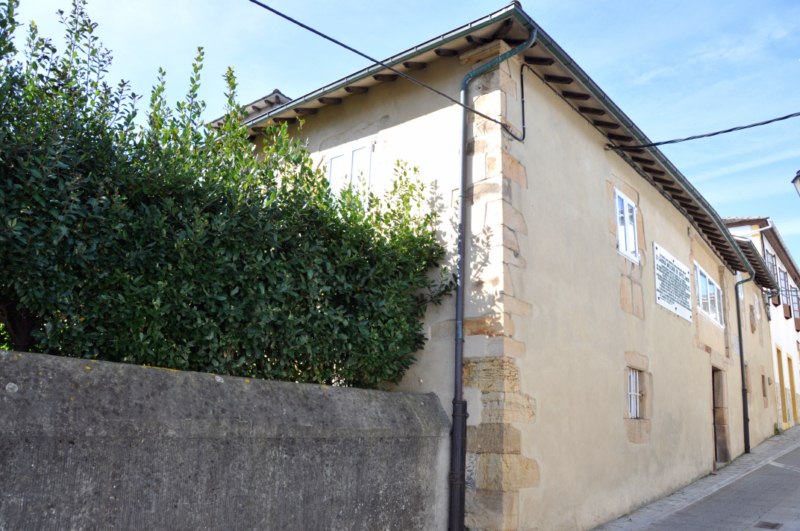
Plaza of Cupid (Puerto de Vega)
The old medieval square, today known as Cupid, was closed for three stately mansions: the missing birthplace of Ochoa, Severo Ochoa Pérez, father of the Nobel luarqués; the so-called Cachán House
